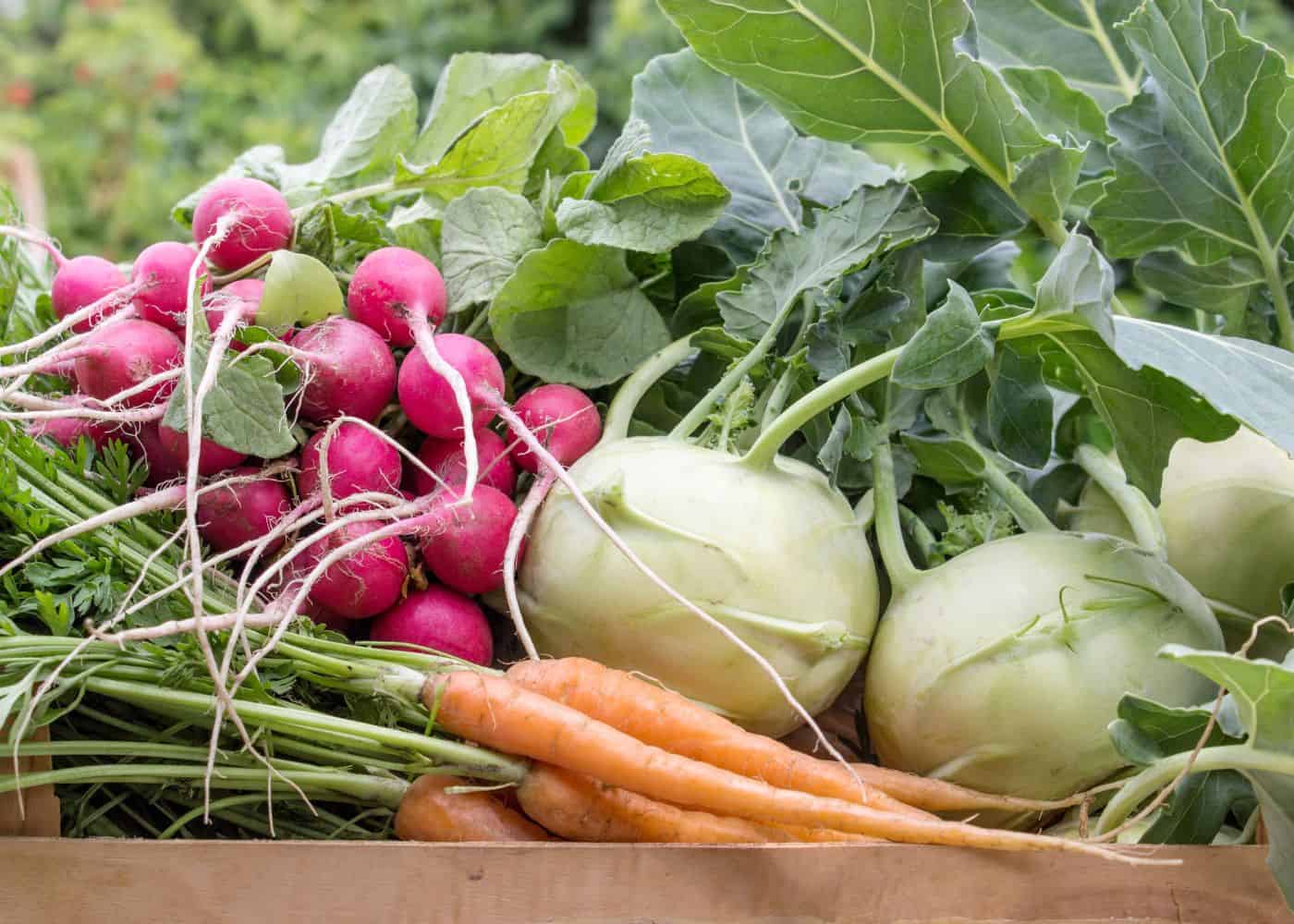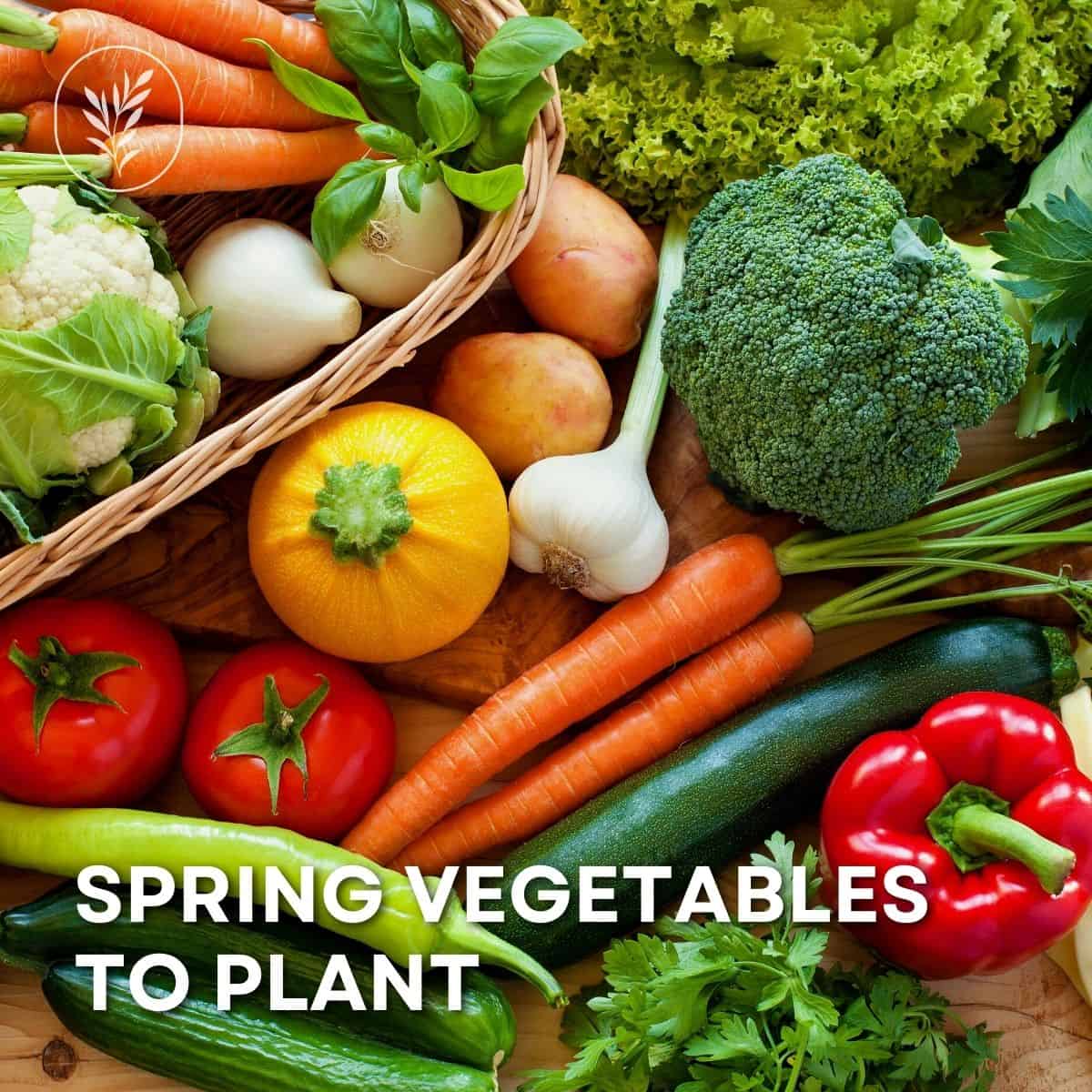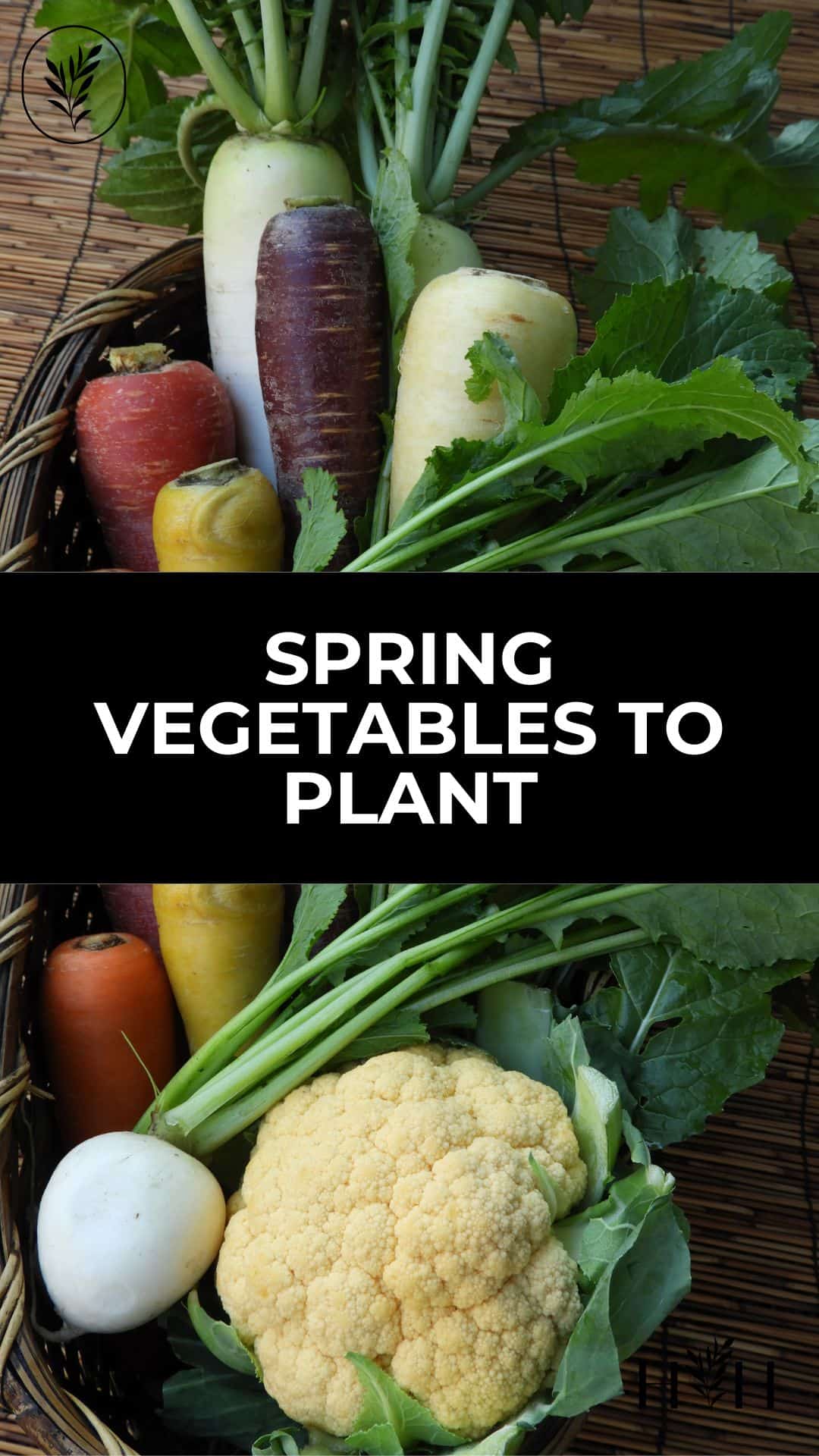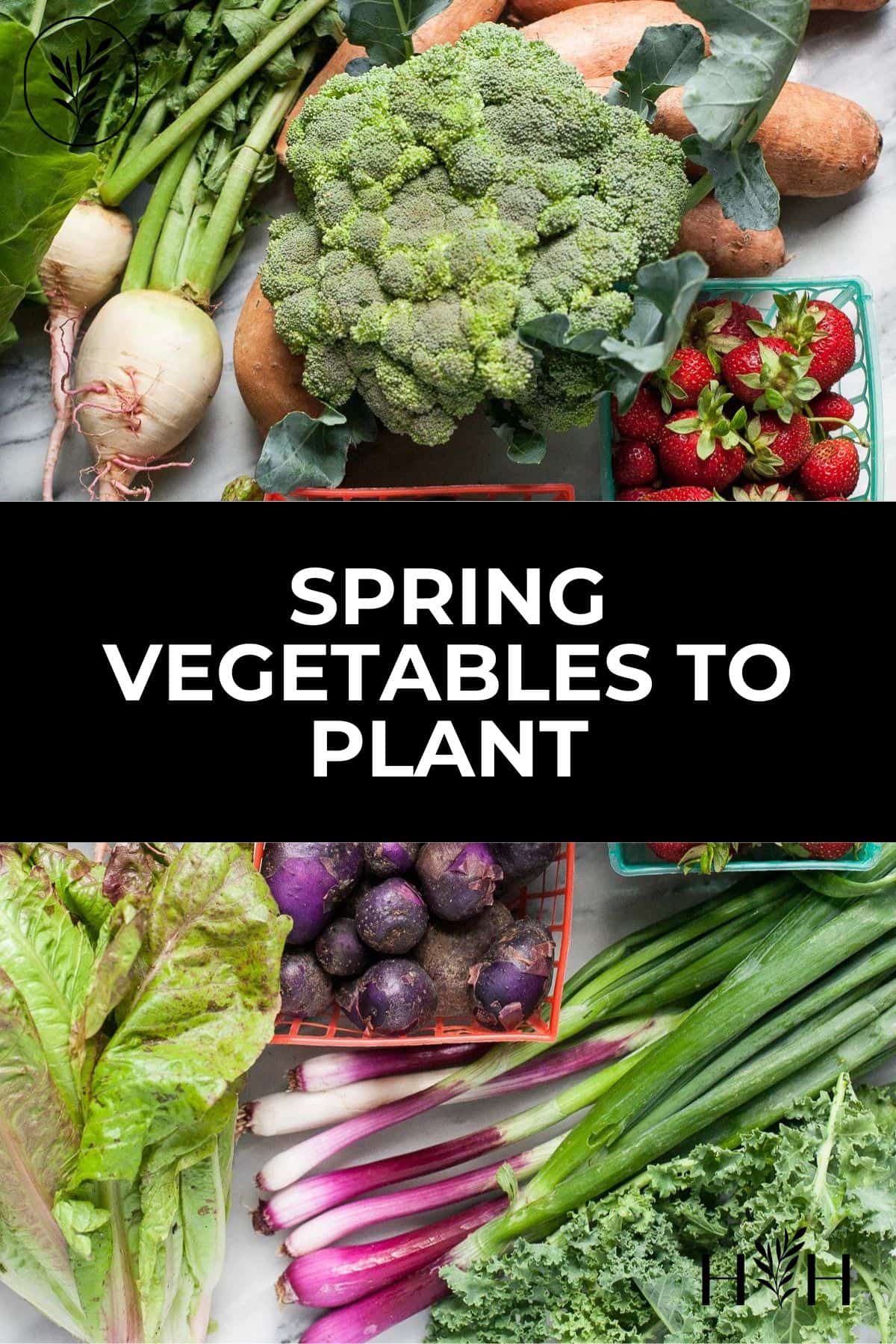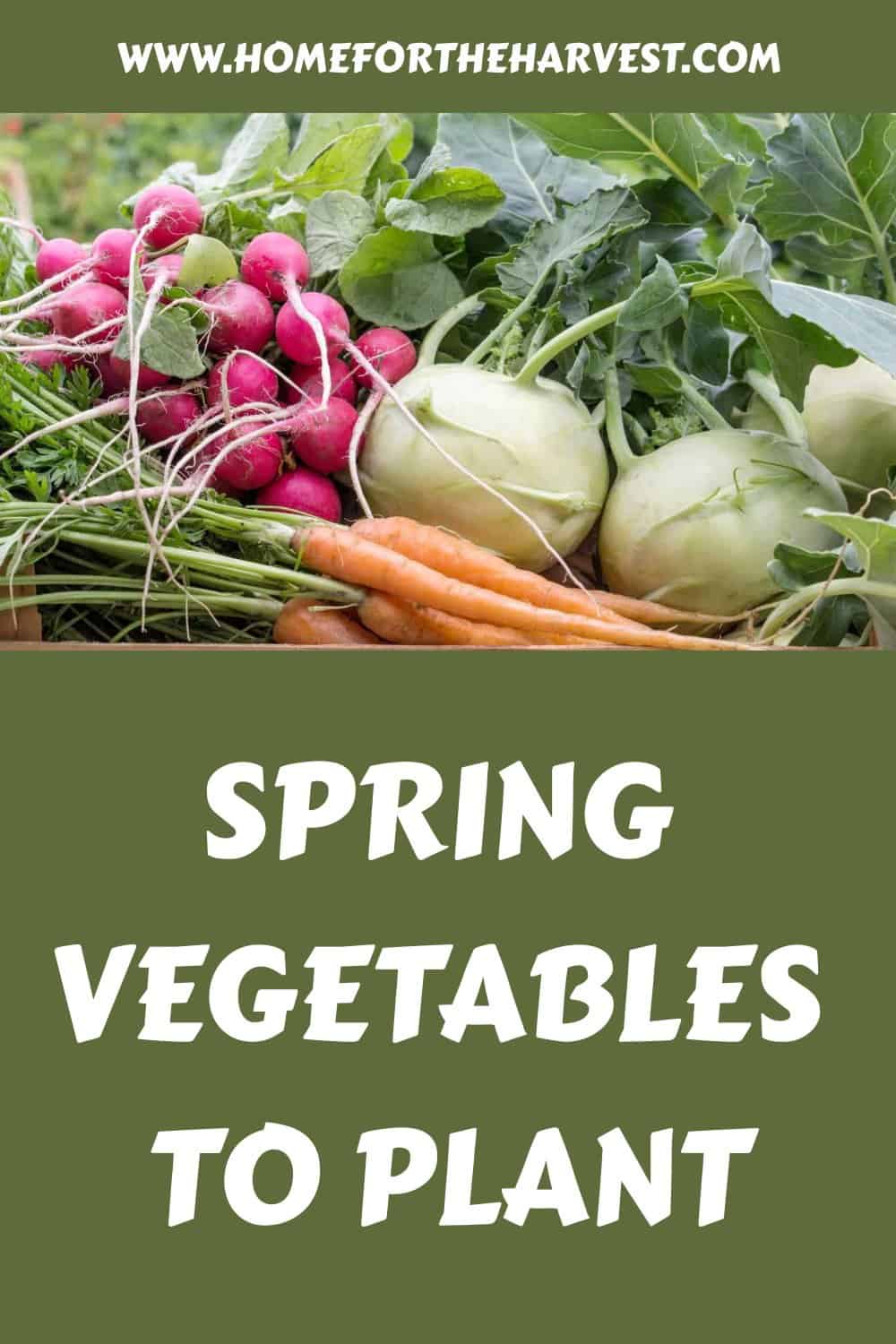As the temperatures begin to rise and the days grow longer, it’s time for gardeners everywhere to decide which spring vegetables to plant. From lettuce and carrots to beets and artichokes, there are so many delicious varieties of spring vegetables you can plant in your garden.
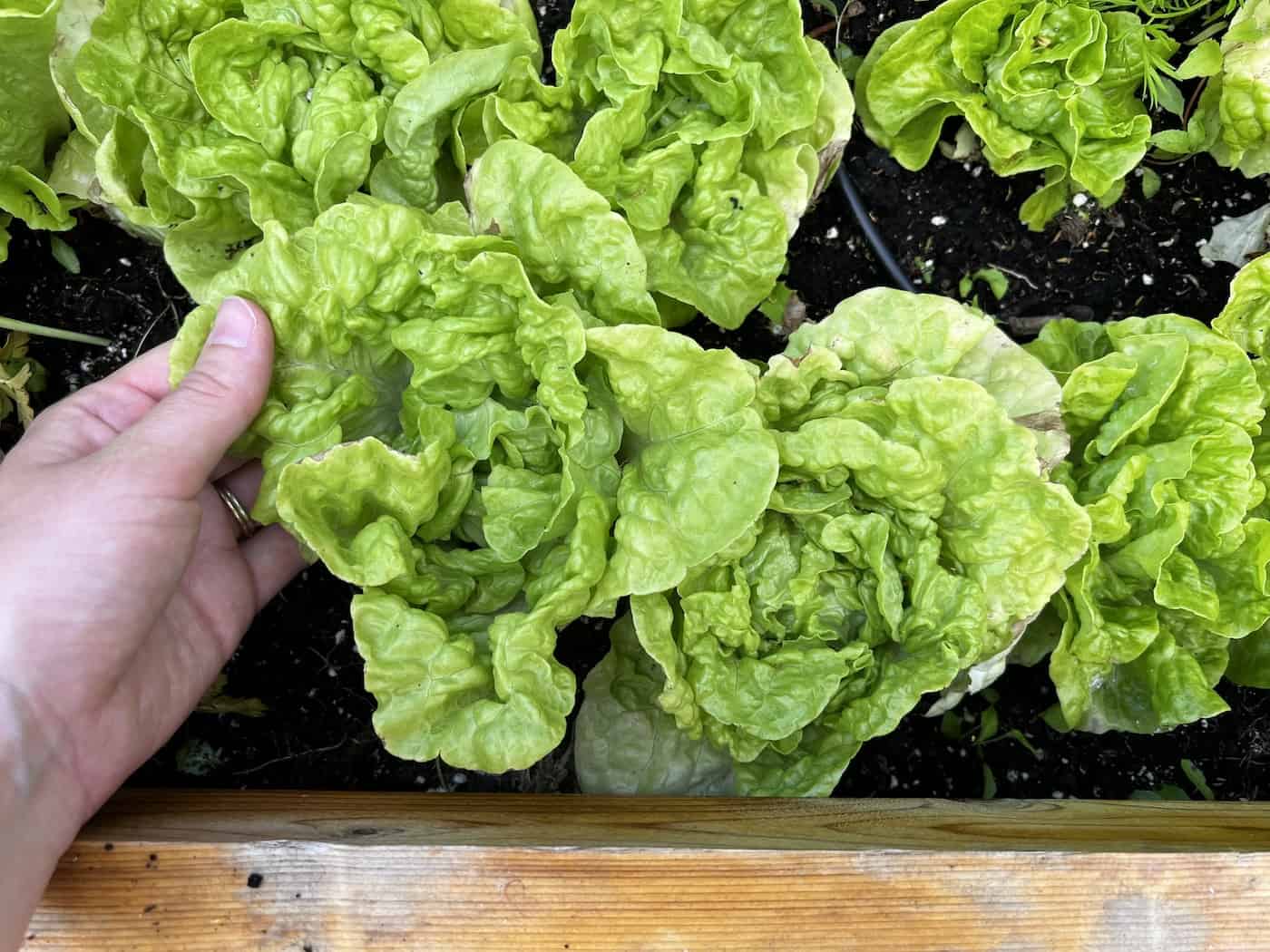
1. Lettuce
Lettuce is a popular vegetable for home gardeners. It’s easy to grow, fast-maturing and can be harvested multiple times from the same plant. Planting lettuce indoors 7-9 weeks before the last frost date will give you an early start on your gardening season. Lettuce seeds can also germinate at very cool temperatures, so you can direct seed it outdoors as soon as the soil thaws in the spring.
When planting lettuce seeds indoors, use small pots or trays filled with seed starting mix that is moist but not soggy. Place two or three seeds in each pot and cover them lightly with soil; then water gently until the soil is evenly moist throughout.
Once germination has occurred (usually within 5-7 days), thin out any extra plants so there’s only one per pot. When transplanting head lettuce varieties outdoors, make sure to space your plants 8 inches apart in rows 12 inches apart to allow plenty of room for growth and air circulation between plants.
Ensure your lettuce receives adequate hydration during its growth cycle – approximately one inch of water per week. If you live in an area with regular temperatures that exceed 80 degrees Fahrenheit, consider planting heat tolerant varieties such as ‘Summertime’ or ‘Green Ice’, which are better suited for warm climates than other types of lettuces like butterhead or romaine varieties that favor cooler weather conditions.
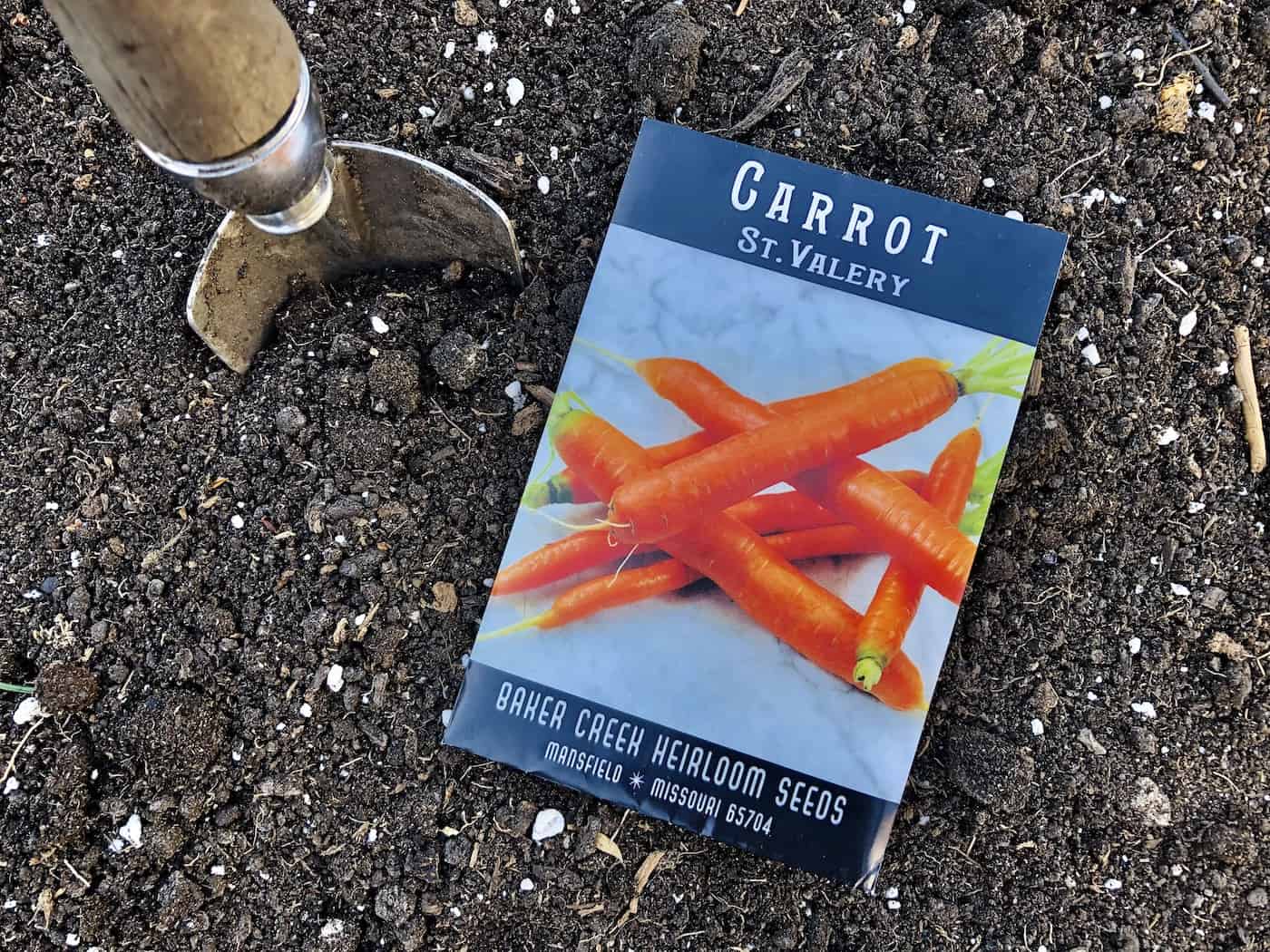
2. Carrots
Carrots are a popular root vegetable that can be grown in the garden with ease. They come in a variety of colors, shapes, and sizes and have been enjoyed by humans for centuries. Carrots are easy to grow from seed and require minimal maintenance once established. Carrots are most often direct-seeded straight into the garden instead of transplanted as seedlings.
When planting carrots, it is important to choose the right type of soil for your climate and region. Carrots prefer loose, well-drained soil with plenty of organic matter, such as compost or manure, mixed into it. The pH level should be between 6.0 and 7.5 for optimal growth.
The best time to plant carrots is 5-7 weeks before the last frost date in your area; this gives them enough time to establish themselves before cold weather sets in. Plant carrot seeds directly into the ground about 1/4 inch deep and spaced 1-2 inches apart; thin out any overcrowded plants when they reach 2 inches tall if necessary (they will continue growing even after being thinned). Water regularly during dry spells, but avoid over-watering, which can cause root rot or other diseases in carrots.
To ensure healthy carrot growth throughout the season, make sure you keep up with regular watering during dry spells and provide adequate nutrients by adding compost or fertilizer every few weeks if needed (follow instructions on packaging). Additionally, mulching around your carrot plants helps retain moisture while keeping weeds at bay, so consider using straw or hay as a natural mulch option if available.
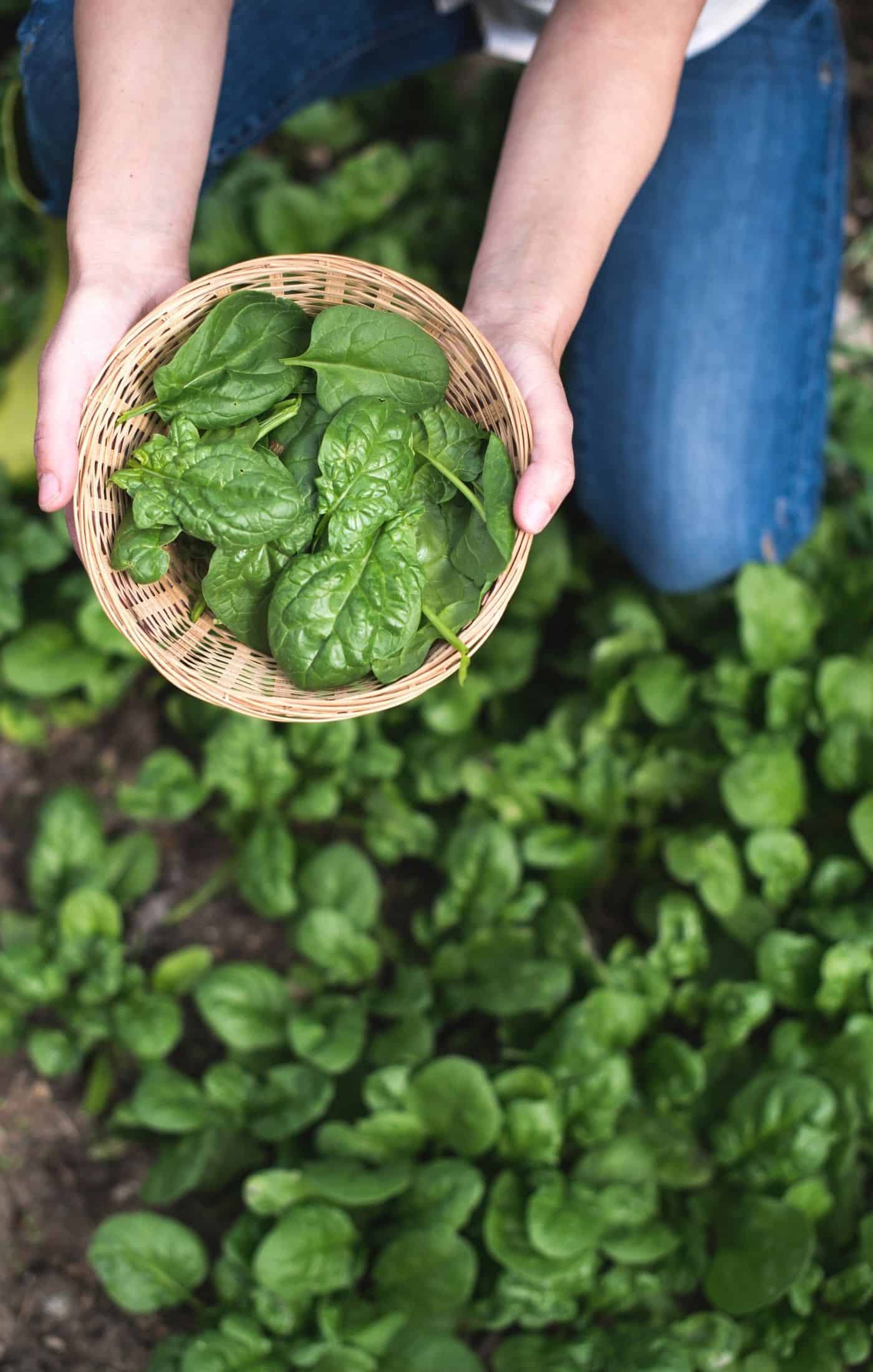
3. Spinach
Spinach is a cool-season vegetable that can be direct seeded in the outdoor soil 5-7 weeks before the local last frost date. It’s an easy-to-grow crop and does well in most climates, making it a great choice for beginner gardeners. When planting spinach, make sure to choose a spot with full sun or partial shade and good drainage. The soil should also be amended with compost or other organic matter prior to planting.
When sowing seeds, scatter them thinly across the prepared bed and cover lightly with 1/4 inch of fine soil. Keep the seedbed moist until germination occurs, which usually takes about 7-10 days, depending on temperature and moisture levels. Once your plants are up, thin them out so they have enough room to spread out as they grow; this will help prevent overcrowding and disease problems later on in the season.
As your spinach grows, keep an eye out for any pests or diseases that may affect its growth, such as aphids or downy mildew. If you notice any signs of these issues early on, you can take steps to treat them right away before they become too serious of a problem. Additionally, regular watering is essential during dry periods; aim for at least one inch per week throughout the growing season but avoid over-watering as this can lead to root rot and other issues down the line.
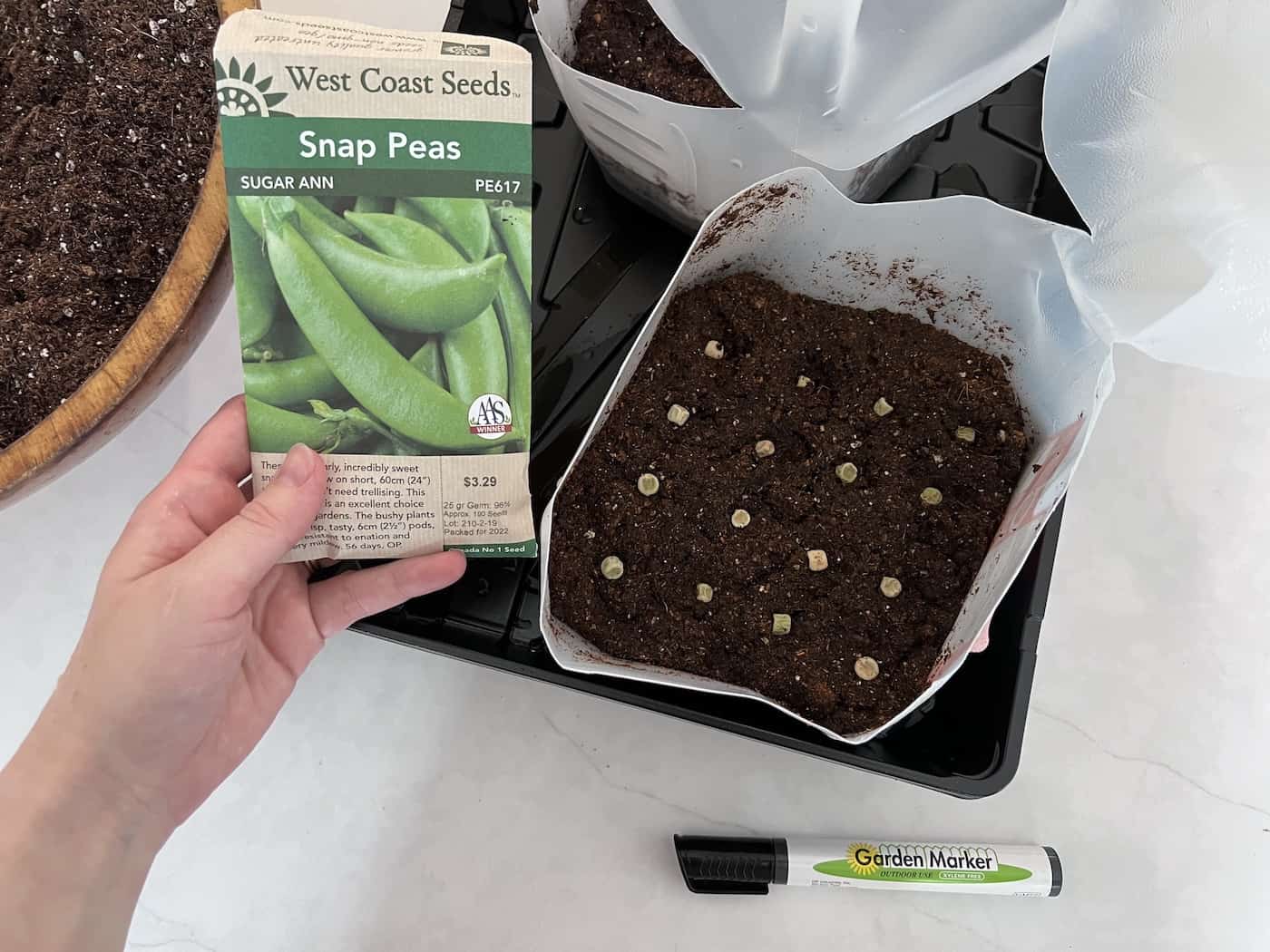
4. Peas
Peas are a popular and versatile vegetable that can be enjoyed in many different dishes. They’re easy to grow, too. Peas should be direct seeded into the outdoor soil 5-7 weeks before your local last frost date. To ensure success, it’s important to prepare the soil properly by tilling or spading it deeply and adding plenty of organic matter like compost or aged manure.
When planting peas, make sure you space them out evenly, so they have enough room to grow without competing for resources. Planting depth is also important; aim for 1-2 inches deep with 2-3 seeds per hole. Once planted, water thoroughly and keep an eye on the weather forecast—peas don’t tolerate wet conditions well so if rain is expected, cover them with a light layer of mulch or plastic sheeting until after the storm passes.
As your peas start to mature, it is important to provide support such as trellises or stakes for taller varieties like snow peas and sugar snap peas. This will help prevent the spread of disease caused by overcrowding plants against each other on the ground due to poor air circulation. Additionally, weeds should be kept away from your pea patch since they compete with plants for nutrients and moisture while also potentially harboring pests that could damage your crop.
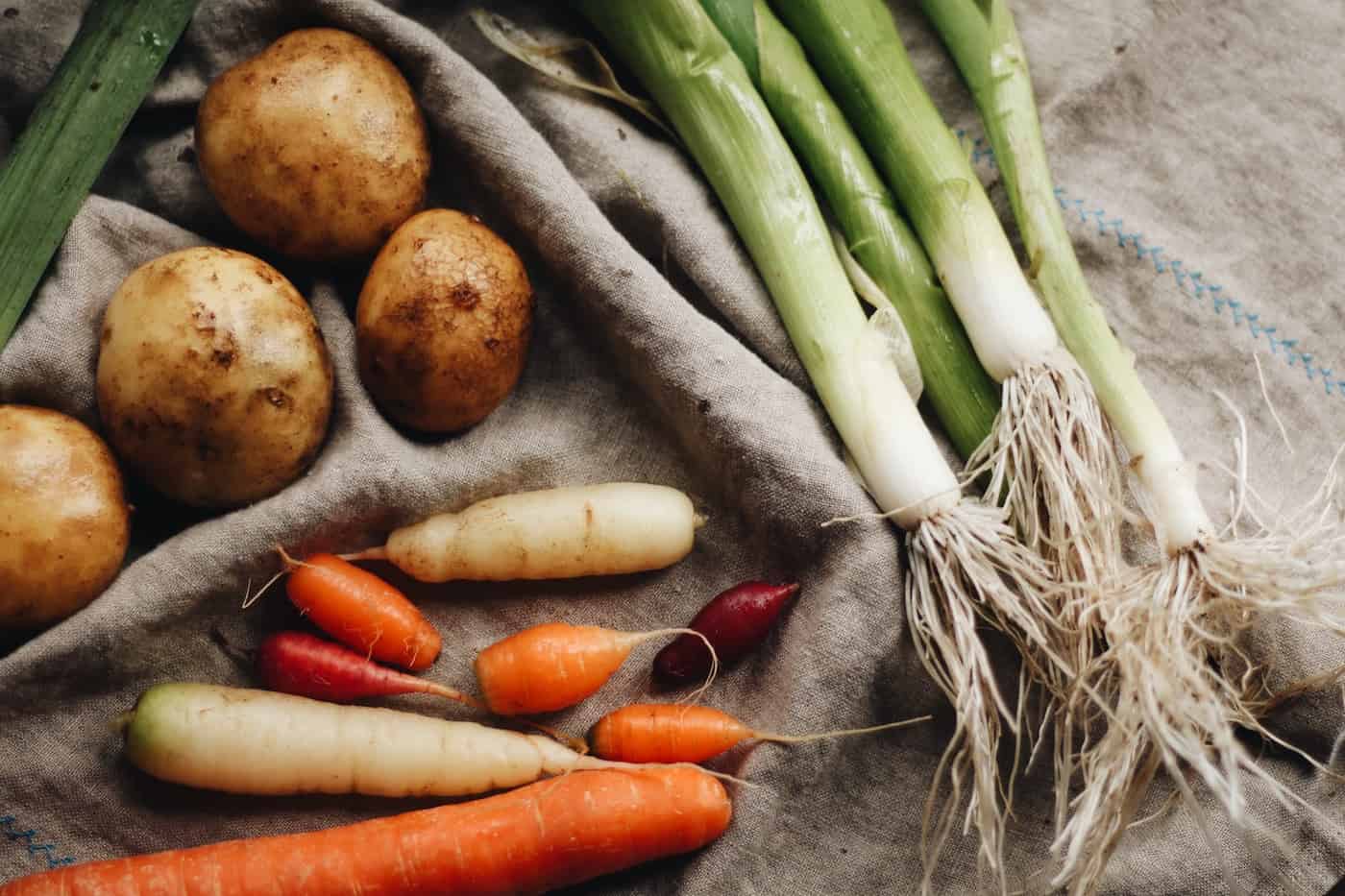
5. Leek
Leek is a cool-season vegetable that can be grown in many climates. It has an onion-like flavor and is often used as a flavoring for soups, stews, and other dishes. Leeks are easy to grow from seed indoors 10-12 weeks before the local last frost date or directly outdoors after the danger of frost has passed.
When planting leeks, choose a sunny spot with well-drained soil that’s rich in organic matter, such as compost or aged manure. Plant seeds 1/4 inch deep and thin plants when they reach 4 inches tall so they have enough room to grow properly. Water regularly throughout the growing season to keep the soil moist but not soggy. Fertilize every two weeks with an all-purpose fertilizer for best results.
Harvesting leeks should begin when the stems reach at least one inch thick; pull them up gently by their base rather than cutting them off at ground level like onions or garlic bulbs do, since this will help prevent damage to nearby plants’ roots systems while harvesting your crop of leeks.
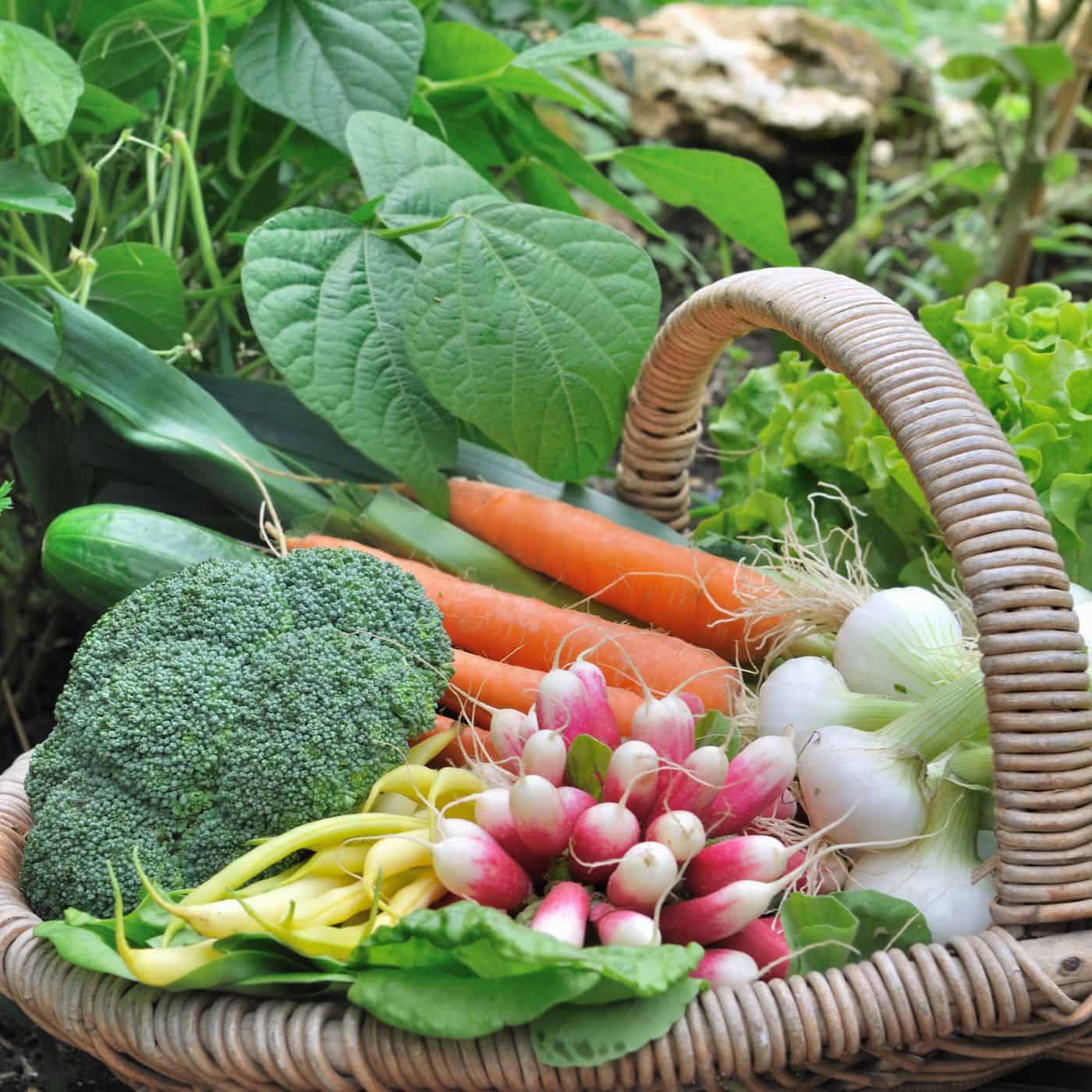
6. Broccoli
Broccoli is a cool-season vegetable that can be planted in the spring or fall. It’s easy to grow and requires minimal maintenance, making it an ideal choice for novice gardeners. To get started, direct seed broccoli seeds in the outdoor soil 3-4 weeks before the local last frost date. Planting too early can result in stunted growth due to cold temperatures, so make sure you check your area’s average last frost date first.
When planting broccoli, choose a spot with full sun exposure and well-draining soil. Broccoli prefers slightly acidic soils with pH levels between 6.0 and 7.5; if your soil falls outside of this range, consider amending it with compost or manure before planting your seeds. Make sure to space each plant 12 inches apart from one another when sowing them into the ground – overcrowding will lead to poor air circulation, which can cause disease problems later on down the line.
Water regularly throughout its growing season – about 1 inch per week should suffice unless there are periods of extended drought or heavy rainfall (in which case you may need more). Fertilize once every two weeks using a balanced fertilizer to help support healthy growth, development of strong stems, and abundant heads of broccoli florets.
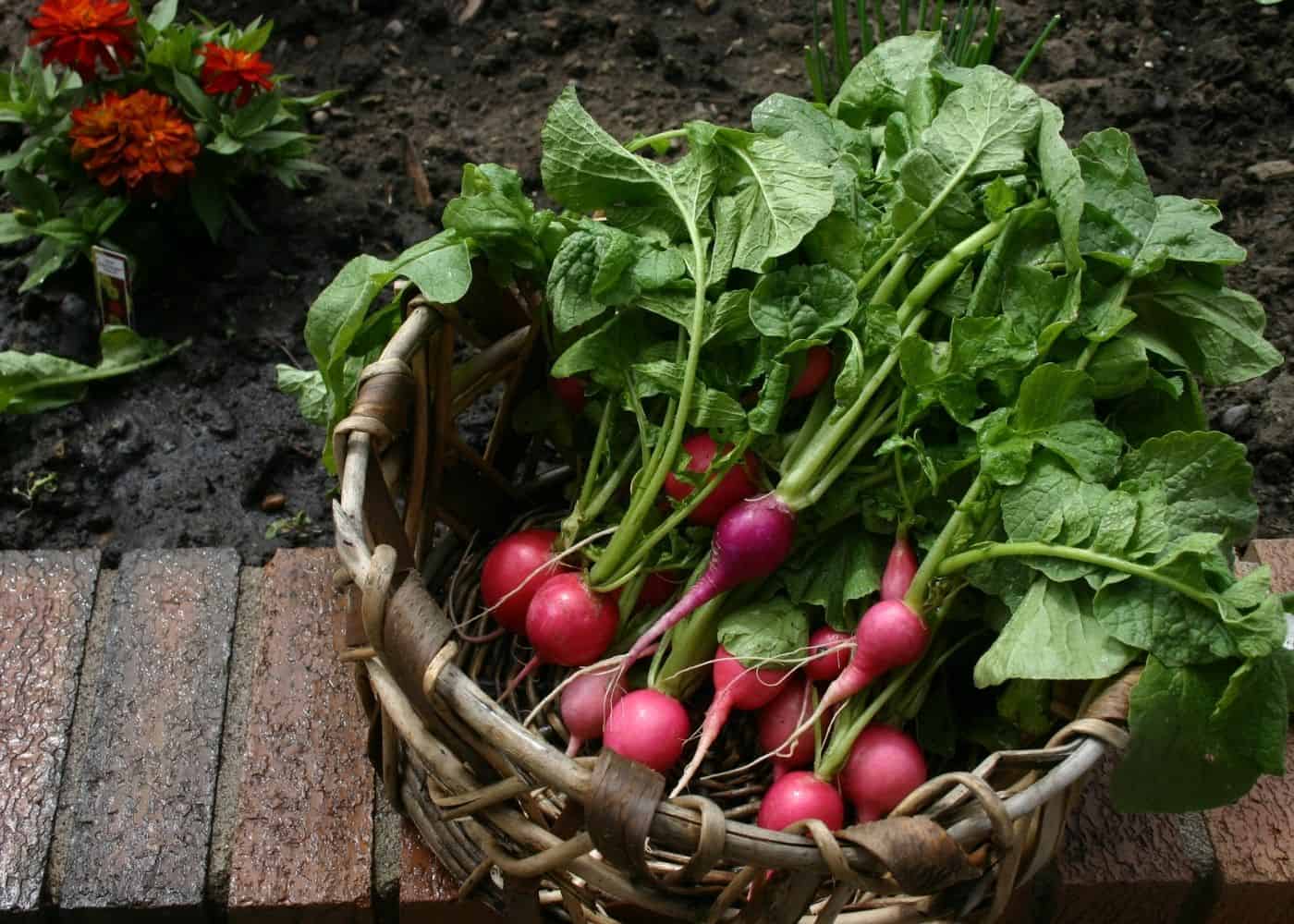
7. Radish
Radish is a cool-season vegetable that can be direct seeded in the outdoor soil 3-4 weeks before the local last frost date. This means that for many gardeners, radishes are one of the first vegetables to be planted each spring. Radishes grow quickly and will mature within 25 to 30 days after planting.
When selecting radish varieties, there are two main types: round or long-shaped roots. Round varieties include Cherry Belle, White Icicle, and Sparkler, while long-shaped varieties include French Breakfast and Daikon. Each variety has its own unique flavor profile ranging from mild to spicy, depending on how mature they become when harvested.
When it comes to planting radishes, it’s important to choose an area with well-draining soil that receives at least 6 hours of sunlight per day. It’s also best to avoid areas where other root crops have recently been grown, as this could lead to disease issues down the road. When sowing seeds directly into the ground, space them 1/2 inch apart in rows 12 inches apart, then cover lightly with soil and water thoroughly after planting.
Once established, regular watering is essential for healthy growth; however, too much moisture can cause splitting or woody-tasting roots, so aim for about 1 inch of water per week during dry spells instead of daily watering sessions. Additionally, adding a layer of mulch around plants will help retain moisture levels throughout the hot summer months while suppressing weeds at the same time.
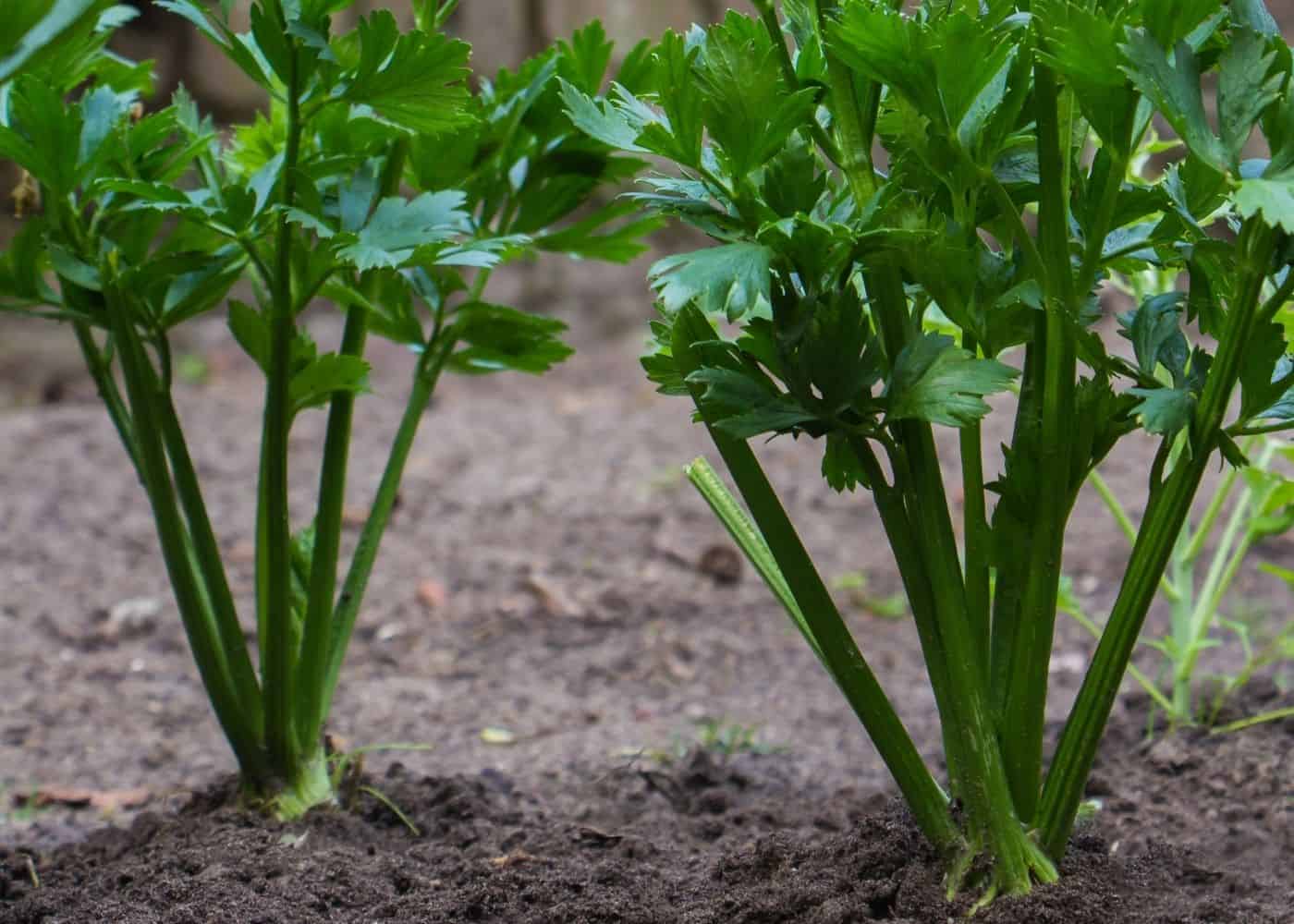
8. Celery
Celery is a great vegetable to add to your garden. It’s easy to grow and can be harvested in as little as two months after planting. Planting celery seeds indoors 10-12 weeks before the last spring frost date will give you an early start on harvesting this delicious vegetable.
When selecting a variety of celery, look for one that has been bred for flavor, texture, and resistance to disease. Some popular varieties include ‘Conquistador’, ‘Tango,’ and ‘Giant Red.’ Once you have chosen your variety, it’s time to get started.
The best way to start growing celery is by planting the seeds indoors in trays or pots filled with potting soil mix. Make sure the soil is moist but not wet when sowing the seeds; they should be planted about 1/4 inch deep and spaced 2 inches apart from each other. Place them in a warm area with plenty of light until they germinate (usually within 7-14 days).
Once your seedlings are up and growing strong, it’s time to transplant them into their permanent home outdoors. When transplanting, make sure there are at least 8 inches between plants so they have enough room for growth. Also keep in mind that celery prefers full sun or partial shade locations depending on where you live. Celery needs consistently moist soil throughout its growing season, so water regularly during dry spells – if possible, use drip irrigation systems or mulch around plants, which helps retain moisture levels too.
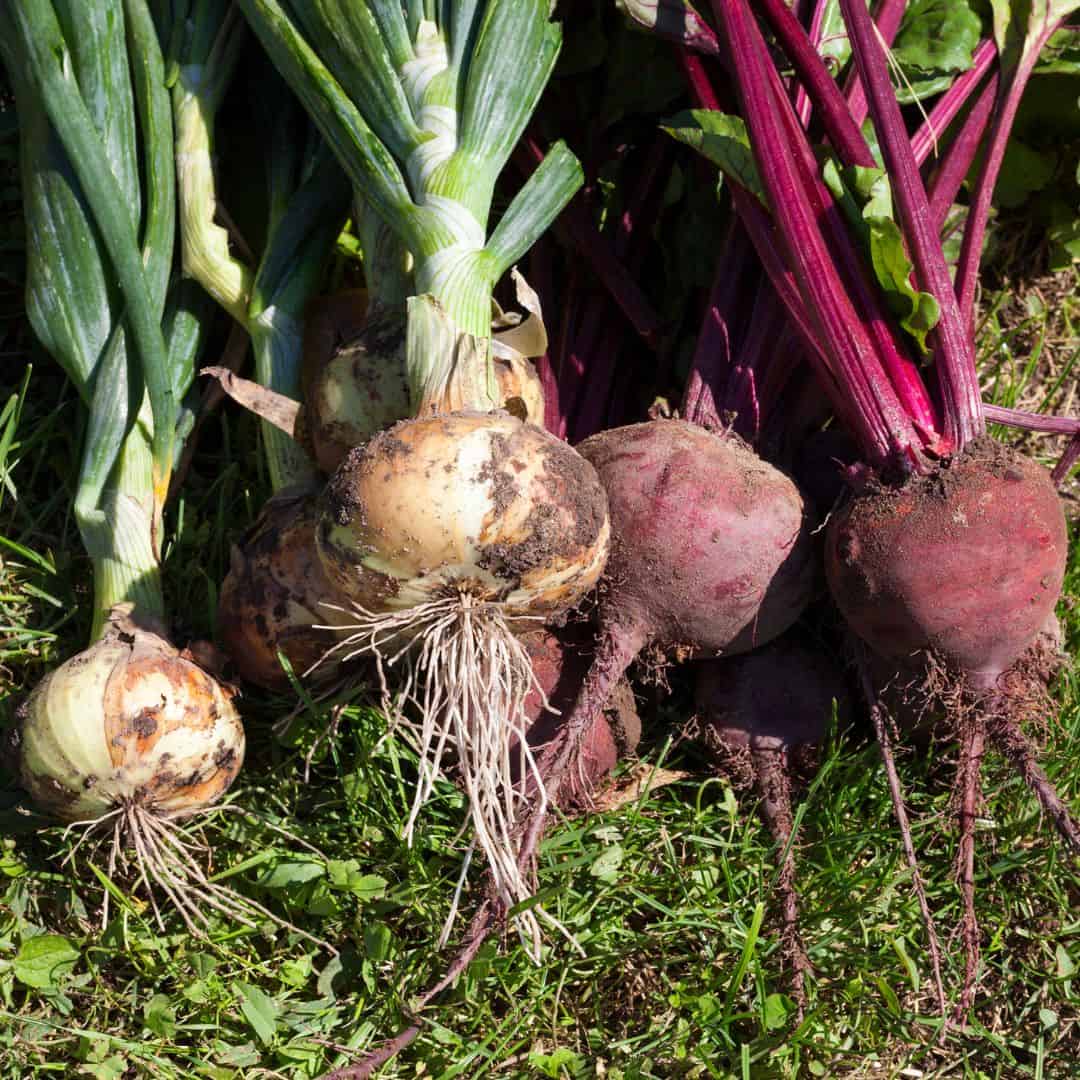
9. Beets
Beets are a popular vegetable that can be enjoyed in many different ways. They have a sweet, earthy flavor. Beets are easy to grow in the garden, but they do require some special care.
When planting beets, it’s important to choose the right variety for your climate and soil type. Some varieties of beets prefer cooler temperatures, while others tolerate heat better. It’s also important to consider how long you want them to take before harvesting; some varieties mature faster than others.
The best time to plant beets is 3-4 weeks before the local last frost date in your area. Planting too early can result in bolting (flowering), which will reduce yields significantly or even kill off entire plants if temperatures drop below freezing after planting. Be sure to check your local weather forecast so you know when it’s safe to plant outdoors.
Beet seeds should be planted 1/2 inch deep into well-drained soil that has been amended with compost or other organic matter prior to planting. The seedlings should emerge within 7-10 days, depending on temperature and moisture levels; keep an eye out for any signs of disease or pests during this period, as these can quickly spread throughout the bed if not treated promptly.
Once established, water the beets regularly (1 inch per week) until harvest time arrives – usually about 60 days after sowing for most varieties of beetroots. At this point, it is important to stop watering altogether so that the roots can become sweeter as they dry out slightly before being harvested. If needed, mulch around plants with straw or grass clippings once they reach 4 inches tall; this will help retain moisture and keep weeds at bay while also providing additional nutrients back into the soil over time as it breaks down naturally due to exposure to sunlight and rainwater runoff from nearby areas such as rooftops.
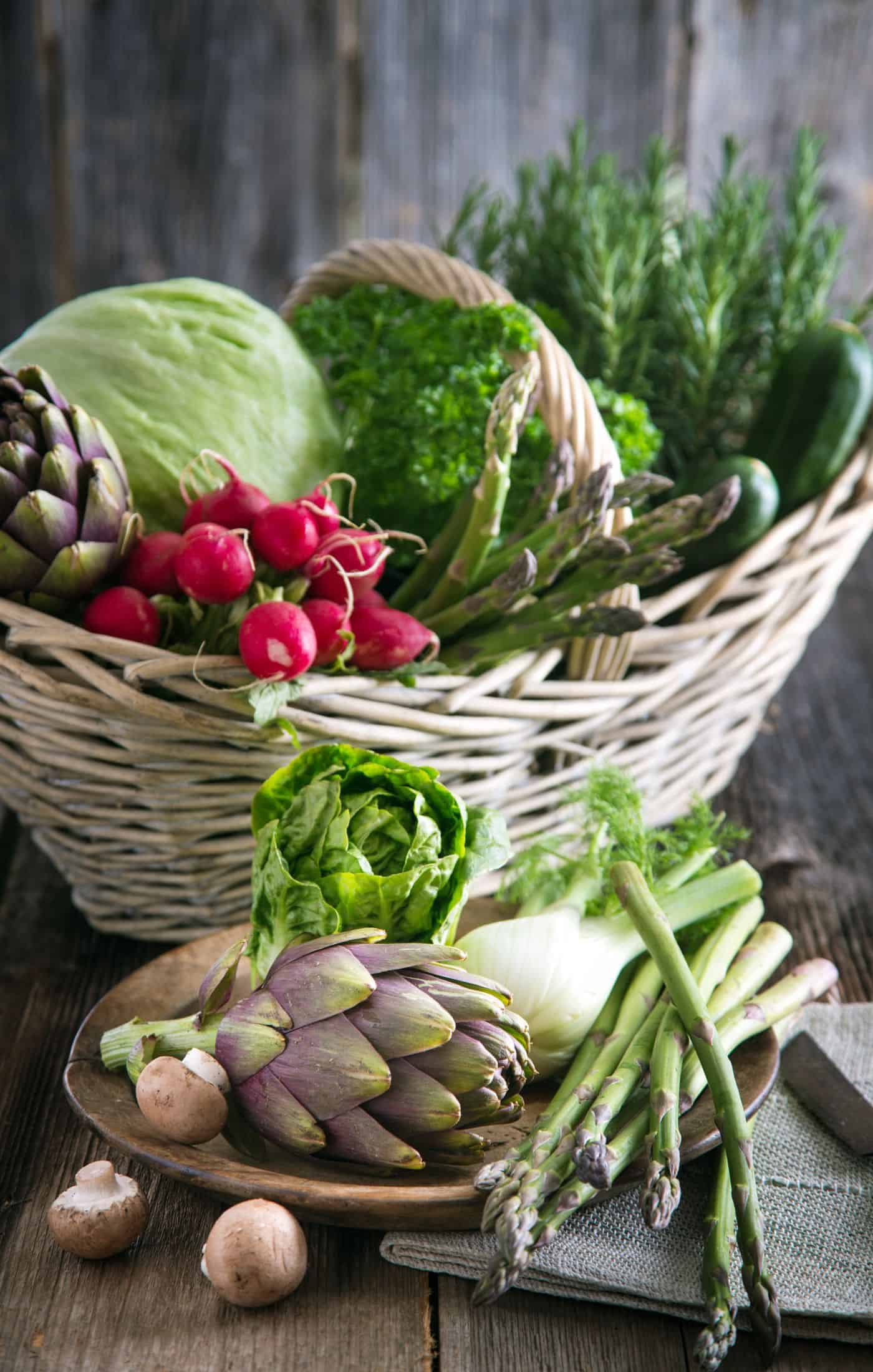
10. Globe artichoke
Globe artichoke is a fancy vegetable that can be grown in many climates. It’s an easy plant to grow, but it does require some special care when planting the seeds indoors.
For best results, globe artichoke seeds should be planted indoors 7-9 weeks before the last frost date for your area. This will give them enough time to germinate and become established before being transplanted outdoors after all danger of frost has passed.
When planting the seeds, use a potting mix specifically designed for seed starting or create your own with equal parts peat moss, vermiculite, and perlite mixed together. Fill containers with this mixture until they are about three-quarters full then press down lightly on the soil surface so that it is level. Place two or three globe artichoke seeds into each container and cover them with a thin layer of soil (about 1/4 inch).
Water gently using a spray bottle or misting device to keep the soil moist but not soggy while waiting for germination, which usually takes 10-14 days at temperatures between 65°F – 70°F (18°C – 21°C). Once seedlings have emerged from their containers, you can begin hardening them off by gradually exposing them to outdoor conditions over several days prior to transplanting them into garden beds or larger pots outside.
When growing globe artichokes in gardens or large pots, make sure there is plenty of space between plants, as they can reach up to 4 feet tall when mature. Plant them in well-draining soil amended with compost if possible and water regularly during dry spells throughout summer months until harvest time arrives, typically around late August through October, depending on the variety chosen as well as the climate zone where they are grown.


